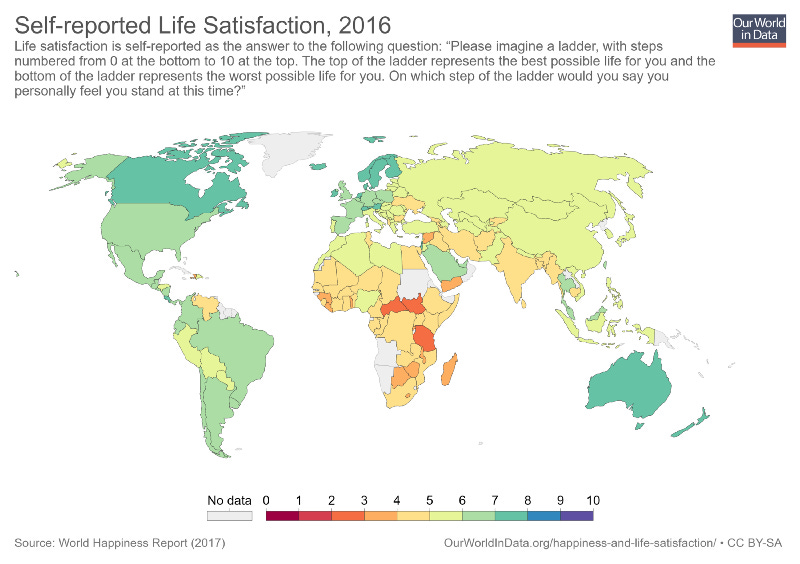Are you a happy entrepreneur?
Zero-sum v positive-sum innovation
Zero-sum v positive-sum innovation
I always wonder how happiness and economic growth are related. As a venture investor, I observe entrepreneurial activity and make funding decisions based on the potential of that activity to become exponential and sustained. The funding decision that I make can deeply impact the economic growth opportunity given to an entrepreneurial team. So, I take it very seriously.
A favourite research scientists of mine, Max Rosen, shows that economic history is a very simple story. It is a story that has only two parts:
The first part is the very long time in which the average person was very poor and human societies achieved no economic growth to change this. Average incomes (as measured by GDP per capita) in England between the year 1270 and 1650 were £1,051 when measured in today’s prices.
The second part is much shorter, it encompasses only the last few generations and is radically different from the first part, it is a time in which the income of the average person grew immensely — from an average of £1051 incomes per person per year increased to over £30,000, a 29-fold increase in prosperity.
The result is that the production of the average person in two weeks today is equivalent to the production of the average person in an entire year in the past.
The 29x growth looks familiar to VCs. It shows exponential growth. It is the number that we put in our exit analysis part of our investment memos. Every opportunity a venture investor invests in should have the potential to achieve this return.
However, exponential growth on its own is not enough. Growth needs to be sustained for prosperity to spread. So, countries that are on or below the line on this graph, have an initial growth but not a sustained one. Those countries that are far above the blue line had the strongest growth. Botswana (38-fold increase), South Korea (30-fold), Romania (15-fold), China (11-fold), and Thailand (18-fold) are some of the countries with the strongest growth over these 54 years.
Technological innovation that increases productivity is the key to increased prosperity.
There are two ways to increase output over time: Increase inputs or to increase productivity, the ratio of output to input. How it is possible to raise productivity can be most clearly seen when one considers a single industry only. Think about the production of books: Before the printing press was invented the only way to copy a book was for a scribe to copy it. Gregory Clark9 estimates that the scribes who were doing this work back then were able to copy 3,000 words of plain text per day. This implies that the production of one copy of the Bible meant 136 days (4.5 months) of work.
Can ‘happiness’ really be measured?
Historically, productivity has been measured by labour productivity. However, with AI going mainstream in the next 20 years, our very definition of productivity will change.
We will observe a similar exponential step change from the pre-growth era to industrial era. Industrial technologies allowed us to augment our muscles and labour. Digital technologies will allow us to augment ourselves and our minds.





